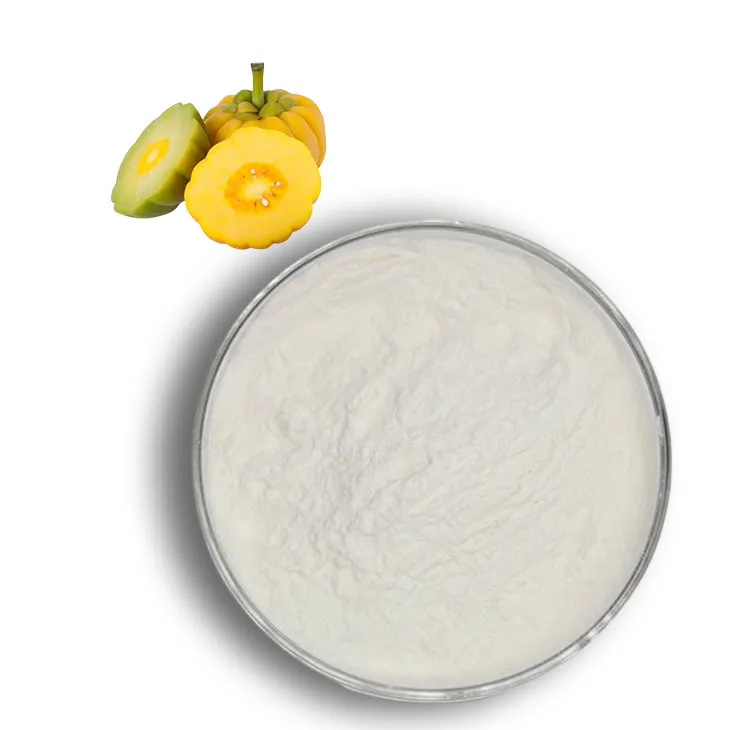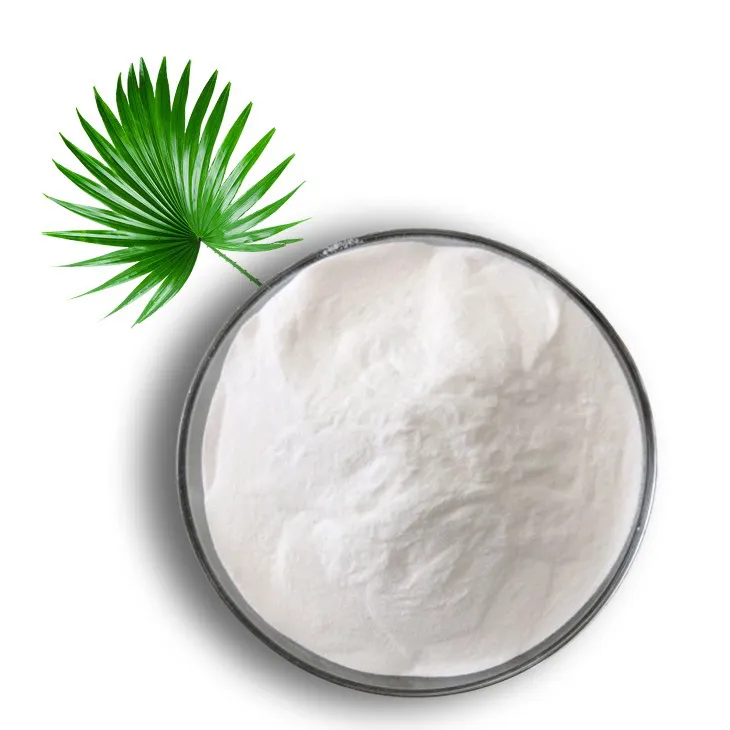- 0086-571-85302990
- sales@greenskybio.com
Predatory Plants: The Carnivorous Nature of the Venus Fly Trap
2024-07-17
Introduction
Predatory plants have always held a certain allure, captivating the attention of botanists, biologists, and nature enthusiasts around the world. These plants, which have evolved to obtain nutrients through the consumption of small animals, represent a fascinating departure from the more common photosynthetic - based nutrition of most plants. Among the various types of predatory plants, the Venus Fly Trap (Dionaea muscipula) stands out as one of the most well - known and remarkable examples of nature's adaptability.
The Venus Fly Trap: An Overview
The Venus Fly Trap is a small, herbaceous plant native to the subtropical wetlands of the East Coast of the United States, primarily in North and South Carolina. It is a member of the Droseraceae family, which also includes other carnivorous plants such as sundews. The plant typically grows in nutrient - poor soils, such as bogs and wet savannas, where the availability of essential nutrients like nitrogen, phosphorus, and potassium is limited.
Unique Physical Features
Modified Leaves with Trigger Hairs
One of the most distinctive features of the Venus Fly Trap is its modified leaves, which function as highly specialized traps. Each trap consists of two lobes that are hinged along a midrib. The inner surfaces of these lobes are lined with tiny, sensitive hairs, known as trigger hairs. These trigger hairs play a crucial role in detecting the presence of potential prey.
When an insect or other small invertebrate lands on the trap and touches one of the trigger hairs, it sets off a series of events. If a second trigger hair is touched within a short period of time (usually within about 20 seconds), the trap snaps shut rapidly. This mechanism helps to prevent the trap from closing accidentally in response to non - prey stimuli, such as a falling leaf or a raindrop.
Marginal Spines
Along the edges of the trap lobes, the Venus Fly Trap has a row of small, pointed spines. These spines interlock when the trap closes, creating a cage - like structure that prevents the captured prey from escaping. Once the trap is closed, the marginal spines also help to keep the prey in place during the digestion process.
Evolutionary Reasons for Carnivory
The evolution of the Venus Fly Trap's carnivorous diet can be attributed to the nutrient - poor environments in which it grows. In bogs and wet savannas, the soil is often acidic and low in nutrients. Nitrogen, in particular, is a vital nutrient for plant growth and development, as it is a key component of proteins, nucleic acids, and chlorophyll. In these nutrient - deprived habitats, the Venus Fly Trap has evolved to supplement its nutrient intake by capturing and digesting small animals.
By consuming insects and other invertebrates, the Venus Fly Trap is able to obtain nitrogen and other essential nutrients that are scarce in its native soil. This adaptation gives it an advantage over non - carnivorous plants in these harsh environments, allowing it to survive and reproduce more effectively.
Mechanisms of Capturing Prey
The Rapid Closing of the Traps
As mentioned earlier, the Venus Fly Trap's traps close rapidly when the trigger hairs are stimulated appropriately. This rapid movement is due to a change in turgor pressure within the cells of the trap lobes. When the trigger hairs are touched, it causes an electrical signal to be transmitted across the leaf. This signal triggers the cells on the outer surface of the lobes to lose water rapidly, while the cells on the inner surface maintain their turgor pressure. This differential in turgor pressure causes the lobes to snap shut, enclosing the prey within the trap.
Initial Response and Confirmation
After the trap closes, the Venus Fly Trap does not immediately begin the digestion process. Instead, it goes through an initial "confirmation" phase. During this phase, the trap continues to monitor the movement of the enclosed object. If the object is not alive or is not suitable prey (such as a piece of debris), the trap may reopen after a short period of time, typically within a few hours. However, if the prey is alive and struggles within the trap, this movement further stimulates the trap, confirming that it has captured a viable meal.
Mechanisms of Digesting Prey
Secretion of Digestive Enzymes
Once the Venus Fly Trap has confirmed that it has captured suitable prey, it begins the process of digestion. The inner surface of the trap lobes secretes a variety of digestive enzymes, including proteases, phosphatases, and amylases. These enzymes break down the proteins, nucleic acids, and carbohydrates present in the prey's body, respectively.
The proteases break down the insect's proteins into amino acids, which can be absorbed by the plant. The phosphatases help to release phosphorus from the prey's tissues, and the amylases break down starches into simpler sugars. This process of enzymatic digestion is similar to the way in which animals digest their food, although the Venus Fly Trap's digestive system is much simpler.
Absorption of Nutrients
As the digestive enzymes break down the prey, the resulting nutrients are absorbed by the cells lining the inner surface of the trap. The plant is able to take up the amino acids, sugars, phosphorus, and other nutrients directly from the digested prey. This absorption process is facilitated by the close proximity of the digestive cells to the site of digestion. Once the nutrients have been absorbed, the remaining indigestible parts of the prey, such as the exoskeleton, are left behind. After several days to a week, the trap reopens, and these remnants are either washed away by rain or blown away by the wind.
Interactions with the Ecosystem
The Venus Fly Trap plays an important role in its ecosystem. As a predator, it helps to control the populations of small insects and invertebrates. This can have a significant impact on the overall balance of the ecosystem, as it affects the abundance and distribution of other organisms that interact with these prey species.
At the same time, the Venus Fly Trap also provides a source of food and shelter for other organisms. For example, some small insects may use the Venus Fly Trap as a place to hide from larger predators. Additionally, the plant's dead leaves and traps can contribute to the soil organic matter, which in turn affects the nutrient cycling in the ecosystem.
Conservation Status and Threats
The Venus Fly Trap is currently classified as a vulnerable species. Its natural habitats are being threatened by a variety of human activities, including urban development, agriculture, and peat mining. The destruction of wetlands, in particular, has had a significant impact on the survival of the Venus Fly Trap.
Another threat to the Venus Fly Trap is over - collection. Due to its unique appearance and popularity among plant collectors, the plant has been illegally collected from the wild in large numbers. This has led to a decline in its wild populations, and efforts are now underway to protect the plant through conservation measures, such as habitat restoration and legal protection.
Conclusion
The Venus Fly Trap is a truly remarkable plant, with its carnivorous nature representing an extraordinary adaptation to nutrient - poor environments. Its unique physical features, such as the modified leaves with trigger hairs, and its complex mechanisms for capturing and digesting prey make it a subject of great interest for scientific research and nature enthusiasts alike. However, the plant's vulnerability to human - induced threats highlights the need for conservation efforts to protect this fascinating species and its important role in the ecosystem.
FAQ:
1. What are the unique physical features of the Venus Fly Trap?
The Venus Fly Trap has modified leaves with trigger hairs. These trigger hairs are a key part of its unique physical structure. When an insect or small prey touches the trigger hairs, it sets off a series of reactions that lead to the closing of the trap, which is a crucial aspect of its carnivorous nature.
2. Why did the Venus Fly Trap develop a carnivorous diet?
The Venus Fly Trap evolved a carnivorous diet mainly because it often grows in nutrient - poor environments. In such areas, it is difficult to obtain sufficient nutrients from the soil alone. By being carnivorous, it can capture and digest insects and other small prey to supplement the nutrients it needs, such as nitrogen and phosphorus.
3. How does the Venus Fly Trap capture its prey?
The Venus Fly Trap captures its prey through a very interesting mechanism. When an insect lands on its leaves and touches the trigger hairs not just once, but usually twice within a short period (to avoid false positives), the trap rapidly closes. The two lobes of the leaf come together quickly, trapping the prey inside.
4. What happens after the Venus Fly Trap captures its prey?
After capturing its prey, the Venus Fly Trap secretes digestive enzymes. These enzymes break down the prey into smaller components that can be absorbed by the plant. The process of digestion can take several days to a couple of weeks, depending on the size of the prey and environmental conditions.
5. Are there any other plants similar to the Venus Fly Trap in terms of being carnivorous?
Yes, there are other carnivorous plants. For example, the Pitcher Plant and the Sundew. These plants also have their own unique ways of capturing and digesting prey. The Pitcher Plant has a pitcher - like structure that lures insects in and then drowns them in a liquid at the bottom, while the Sundew has sticky tentacles to catch its prey.
Related literature
- The Carnivorous Plants" by Donald E. Schnell
- "Venus Flytraps: Care, Feeding, and Biology" by Barry A. Rice
- "Carnivorous Plants: Physiology, Ecology, and Evolution" by Aaron M. Ellison and Nicholas J. Gotelli
- ▶ Hesperidin
- ▶ Citrus Bioflavonoids
- ▶ Plant Extract
- ▶ lycopene
- ▶ Diosmin
- ▶ Grape seed extract
- ▶ Sea buckthorn Juice Powder
- ▶ Fruit Juice Powder
- ▶ Hops Extract
- ▶ Artichoke Extract
- ▶ Mushroom extract
- ▶ Astaxanthin
- ▶ Green Tea Extract
- ▶ Curcumin
- ▶ Horse Chestnut Extract
- ▶ Other Product
- ▶ Boswellia Serrata Extract
- ▶ Resveratrol
- ▶ Marigold Extract
- ▶ Grape Leaf Extract
- ▶ New Product
- ▶ Aminolevulinic acid
- ▶ Cranberry Extract
- ▶ Red Yeast Rice
- ▶ Red Wine Extract
-
Medicinal Marshmallow Extract
2024-07-17
-
Garcinia Cambogia Extract
2024-07-17
-
Cactus Extract
2024-07-17
-
Soy Extract
2024-07-17
-
Saw Palmetto Extract
2024-07-17
-
Fig Extract
2024-07-17
-
Cranberry Extract
2024-07-17
-
Plantain extract
2024-07-17
-
Mango flavored powder
2024-07-17
-
Aguaje Extract
2024-07-17





















